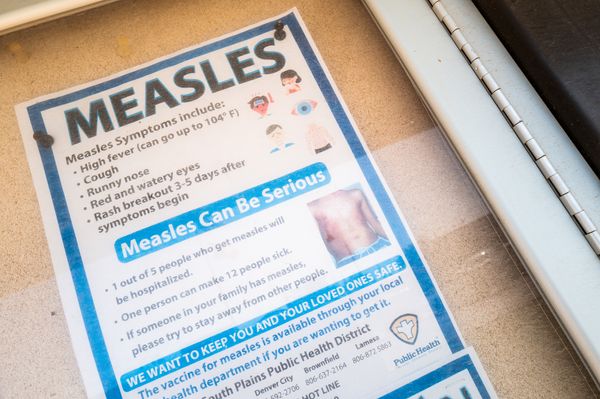
Santa has skipped a late appearance on Australia's share market, with the local bourse limping to year's end with a second straight day of losses.
The benchmark S&P/ASX200 index on Tuesday fell 75.9 points, or 0.92 per cent, to an 11-day low of 8,159.1, while the broader All Ordinaries dropped 75.5 points, or 0.89 per cent, to 8,420.5.
For the year, the ASX200 gained 7.5 per cent, or 11.4 per cent including dividends.
Tuesday's selloff meant its annual performance was not quite as good as last year, when it rose 7.8 per cent.
The ASX200 also lagged many of its overseas counterparts in 2024.
The S&P500 will return over 20 per cent for a second straight year, while the MSCI World Index - which consists of mid- and large-cap companies from 23 developed countries around the world, including Australia - is up 17.4 per cent year-to-date.
But the ASX also suffered less severe losses in 2022 than other markets, dropping just 5.5 per cent, compared to a 19.5 per cent loss for the MSCI World Index.
For the fourth quarter of 2024, the ASX200 dropped 1.3 per cent, and finished December down 3.3 per cent from where it started the month.
On Tuesday, nine of the ASX's 11 sectors finished lower, with utilities and energy modestly higher.
The property sector was the biggest loser, dropping 1.8 per cent as Goodman Group retreated 2.0 per cent and Mirvac Group lost 2.3 per cent.

JB Hi-Fi was the biggest loser in the ASX200 with its biggest drop in four months, falling 4.1 per cent to $92.68. That's still a 74.8 per cent gain for the year, however.
All of the big four banks finished in the red, with CBA down 1.2 per cent to $153.25, Westpac down 0.7 per cent to $32.32 and ANZ and NAB both retreating 0.8 per cent, to $28.54 and $37.10, respectively.
In the mining sector, BHP dropped 0.7 per cent to $39.55, Fortescue descended 1.4 per cent to $18.25 and Rio Tinto slid 0.4 per cent to $117.46.
The Australian dollar was buying 62.13 US cents, from 62.43 US cents at Monday's ASX close.
The Aussie has also had a rough year, having dropped 8.8 per cent. It was buying 68.11 US cents at the end of 2023.
IG analyst Tony Sycamore said the decline in the Aussie was largely the result of offshore factors, including Donald Trump's victory, and its fate in 2025 depended largely on how much the US president-elect followed through on his promises, particularly tariffs on China.
Trading on the ASX will resume on Thursday.
ON THE ASX:
* The benchmark S&P/ASX200 index on Tuesday lost 75.9 points, or 0.92 per cent, at 8,159.1
* The broader All Ordinaries fell 75.5 points, or 0.89 per cent, at 8,420.5
CURRENCY SNAPSHOT:
One Australian dollar buys:
* 62.13 US cents, from 62.43 US cents at Monday's ASX close
* 97.20 Japanese yen, from 98.54 Japanese yen
* 59.69 euro cents, from 59.87 euro cents
* 49.51 British pence, from 49.62 pence
* 110.40 NZ cents, from 110.38 NZ cents







